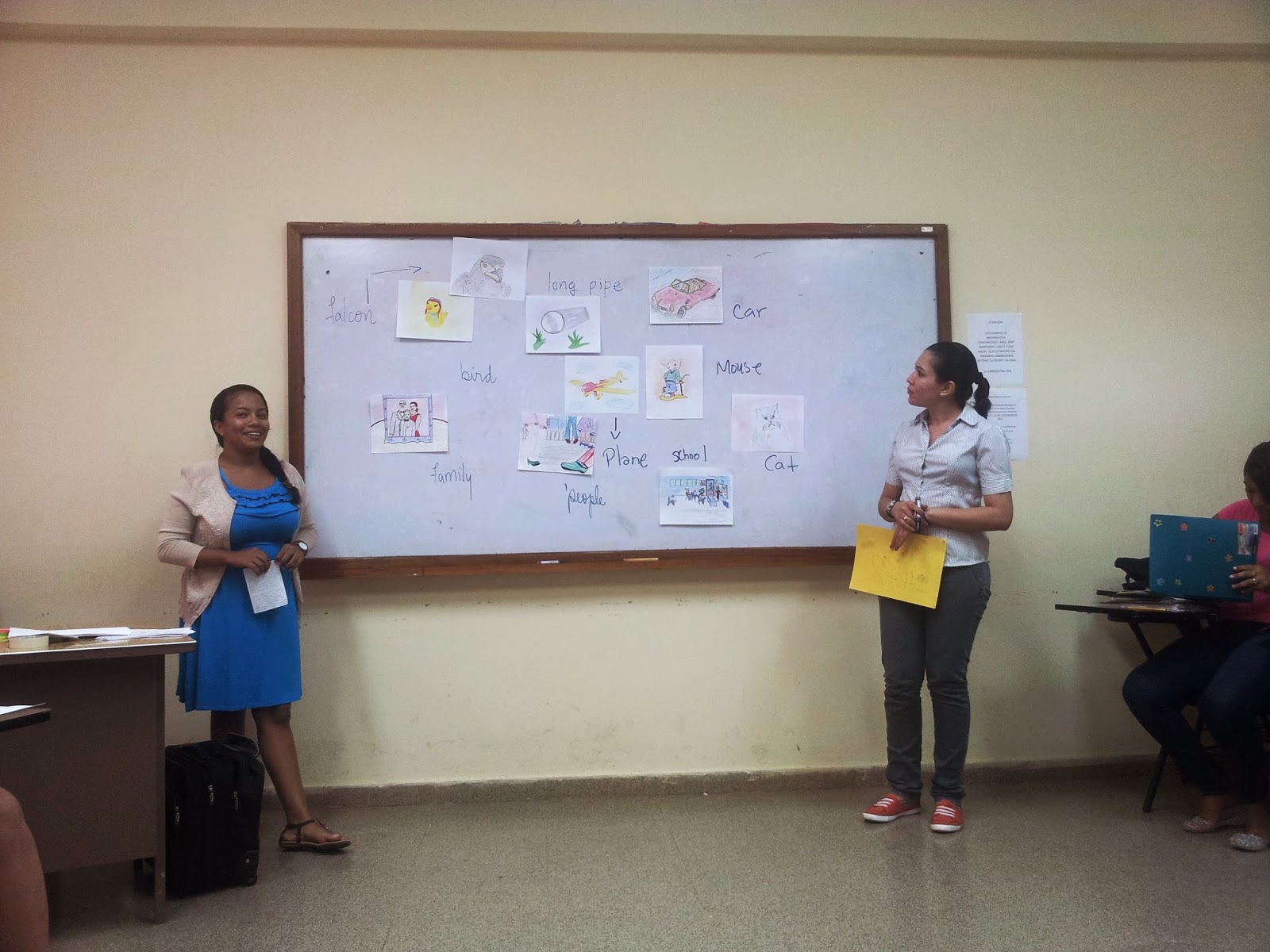What is Directed Reading/Thinking Activity (DRTA)?
Directed Reading/Thinking Activity is a teaching strategy that allows the guides the students through the process of making predictions based on the information that the text has provided them. The teacher asks questions about the text, the students answer them, and then develop predictions about the text. As the students move through the text, their predictions are changed and modified according to the new information that is provided from the text.
Why is DRTA Important?
Directed Reading/Thinking Activity is an important strategy because it actively teaches students the skill of comprehension. This strategy relies on the teacher actively modeling the art of comprehension for her students. Also, SBR allows the teacher to monitor the students’ comprehension levels through basic discussion.
What materials do I need?
A short text that none of the students are familiar with, typed up on an over head project
or
A class set of the same text
How do I pick the appropriate text?
When searching for an appropriate text, consider the following:
- Have any of my students read this text before?
If some of your students are familiar with the text, they will not be able to make appropriate predictions because they will have more information than the rest of the students.
2. Does the text provide ample predictive points where reading can be interrupted and discussion can be started?
This strategy requires the text to be “chunked” into several different sections. The beginning and end points of these “chunks” will vary, depending on the text. A perfect time to end a section (or “chunk” a section) is where the text allows for predictions to be made. Sometimes this will occur after a paragraph, other times after only a sentence. Also, look for texts that provide “chunking” opportunities of different lengths. Students may get impatient if they are only able to read a sentence at a time, or they may get bored or tired if they are required to read paragraphs at a time.
What are the benefits to DRTA?
DRTA is a motivating teaching strategy. Students enjoy making predictions and then finding out whether or not their predictions were correct. DRTA is also a very flexible strategy in that it can be used individually, with a small group, or with an entire class. It can also be used in any subject and can meet the needs of any leveled reader.
What are the drawbacks to DRTA?
DRTA may be time consuming, depending on the length of the text. This is because the text needs to be typed up and “chunked” ahead of time.
What is the process that I need to follow?
Before presenting the text to the class:
- Select an appropriate text (see above).
- Chunk that text at its predictive points, and type it onto an overhead (or into a word program if you have access to a projector and a screen).
- Prepare a list of comprehension questions that can be asked throughout the activity.
When presenting the text to the class:
- Introduce the title (and perhaps a supporting image from the text) and ask the students to make predictions about what they think the text is about. Ask students to support their claims.
- Begin to read each of the “chunked” sections, one at a time. (Note: When doing this activity for the first time, read the text aloud to the students. However, once they gain experience with this strategy, have them read the sections silently. Provide ample time for every reader to finish the text).
- At the end of every “chunked” section, ask both predictive questions (“Were your predictions correct?”, What has changed since your last prediction?”, “What do you think will happen next?”) and comprehension questions (“who is…?”, “why do you think the character did that?”, “what would you do if you were in that situation?”)
- Repeat instruction 2 and 3 until you reach the end of the text.
- Reflect on how the students’ predictions changed. Reviewing the students’ past predictions serves as a comprehension check. Encourage the students to look at how their predictions changed and ask them what made them change their predictions. Depending on the level of your students, you can ask them to consider the author’s role in their predictions and encourage them to look at the strategies that the author used to keep them guessing or to make them change their predictions.
References Web: http://literacystrategies.wordpress.com/drta/
Ambar and me work together in the Short Story: Stuart Little 2. It was funny...always is funny.
We want to share our first experience applying DRTA in class with partners.
Here are some pictures about...
Here are some pictures about...










the teaching of short stories plays a significant part for those who yearn for teaching students and Prekindergarten children, helps us to give a class as read and draw your attention during class. This very beautiful blog very educational.
ResponderEliminar